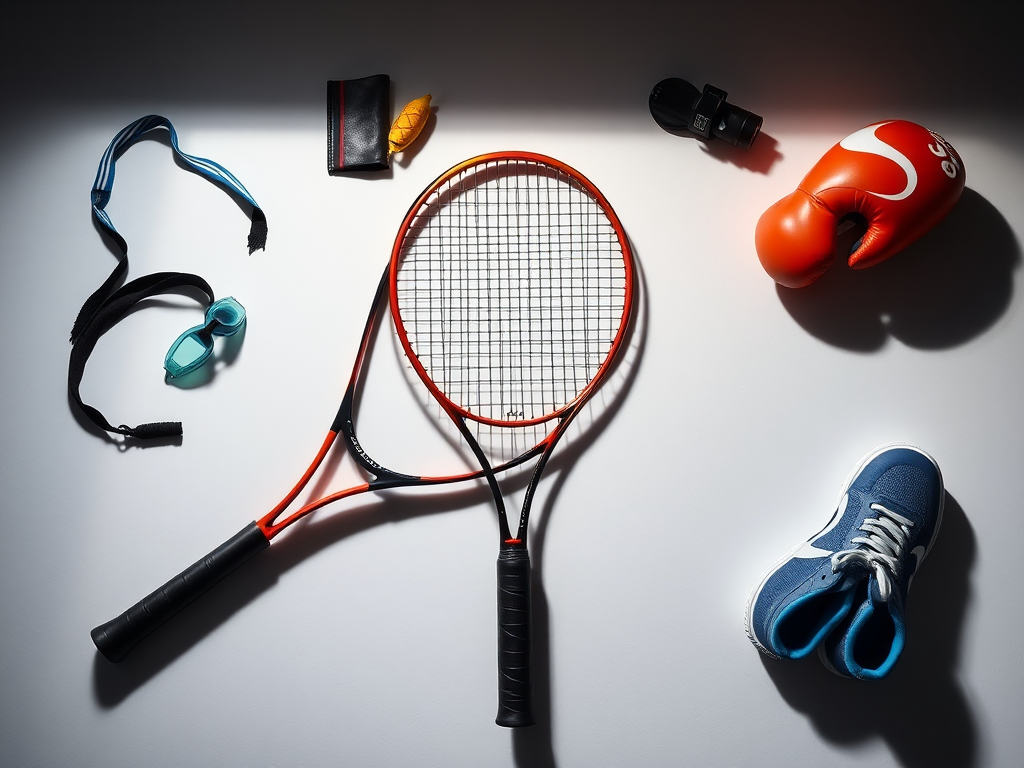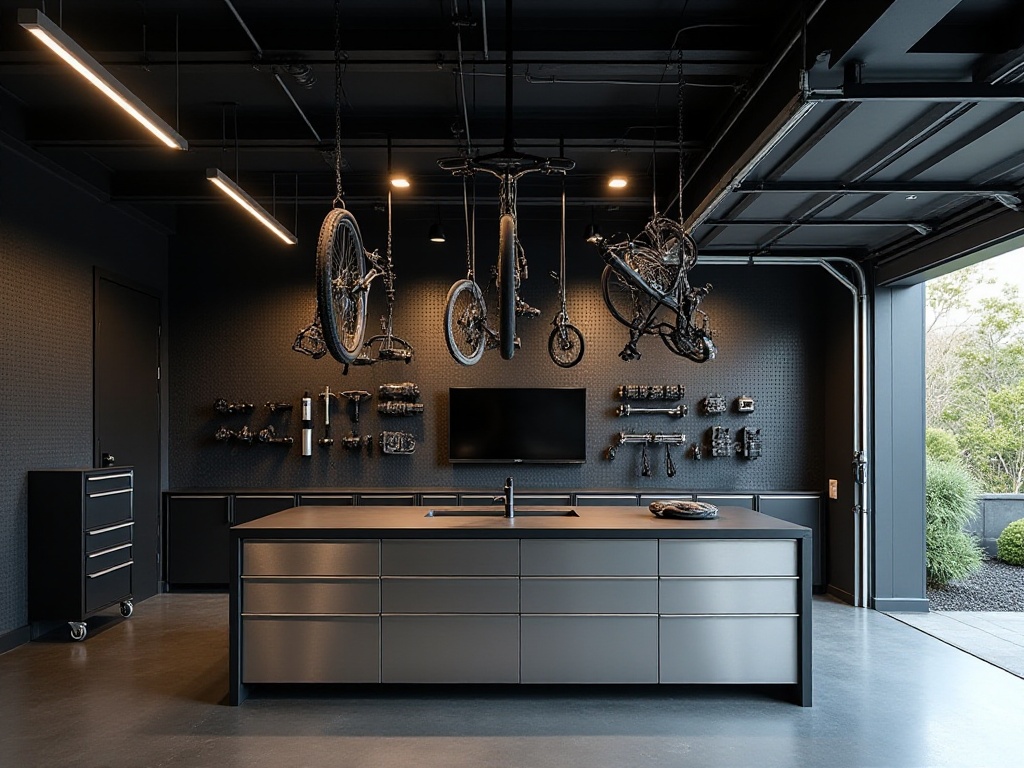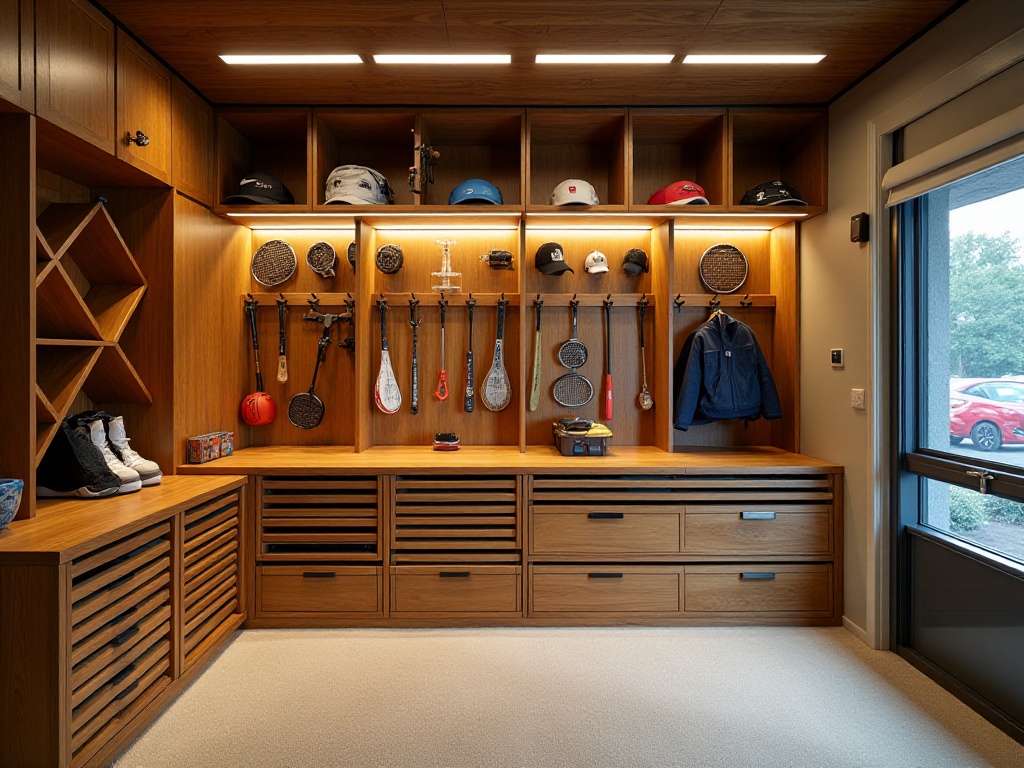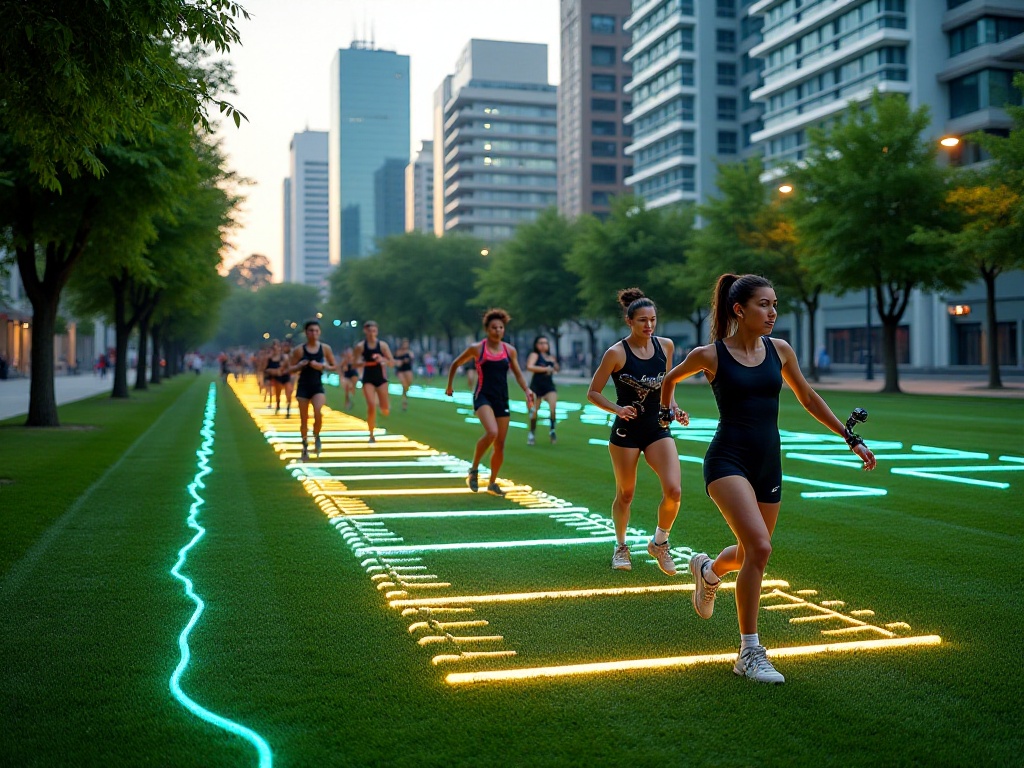Opening Thoughts
I recently bought several new pieces of sports equipment, and seeing my home looking like a warehouse is really driving me crazy! As a fitness enthusiast, I have absolutely no resistance to sports equipment. When I see others posting equipment reviews, my hands get itchy, and before I know it, my home is filled with various sports gear. From single to double badminton rackets to a whole racket bag, basketballs from indoor to outdoor to limited editions, yoga mats from basic to eco-friendly to premium non-slip versions, and dumbbells ranging from 2kg all the way up to 20kg...
To be honest, I never thought I would hoard so much sports equipment at first. But as I got into more types of sports, the equipment gradually took over my territory. Living room corners, under the bed, balcony space, and I even stuffed a yoga ball behind the toilet (I had no choice, really couldn't find anywhere else to put it). Having to dig through everything just to find one piece of equipment, sometimes giving up on working out altogether while searching - this feeling is just too painful!
Understanding Equipment
Before starting the organization project, I think it's necessary to take inventory of what needs to be stored. Sports equipment isn't just the obvious large items we see; there are many small items that are easily overlooked.
Let's start with protective gear, which is crucial equipment for our safety. From bicycle helmets to skateboard helmets, protective gear from knee and elbow pads to wrist and ankle guards, sports shoes from running shoes to basketball shoes to training shoes. Each item is designed for a specific sport and shouldn't be used incorrectly.
Then there are various main sports equipment, like my different ball sports gear. Just the rackets alone come in several types: badminton, tennis, table tennis, each with their specific balls. Even basketballs come in indoor and outdoor versions, as the materials are different and feel completely different when playing. Fitness equipment is even more diverse, with dumbbells, resistance bands, foam rollers, yoga blocks - these small items add up to quite a collection.
Speaking of materials, sports equipment is becoming increasingly high-tech. I remember my first badminton racket was traditional steel frame, but now I use carbon fiber, which feels practically weightless. However, these high-tech materials are also particularly delicate - improper storage can ruin them in minutes. For example, carbon fiber rackets can't get damp, can't be exposed to direct sunlight, and can't be stored under heavy objects, all of which create new storage challenges.
Then there's all the sportswear, from quick-dry T-shirts to compression pants, from sports bras to specialized socks. Although they're soft items, they take up a lot of space when you have many. The most annoying thing about sportswear is how easily odors can transfer - if not stored properly, your yoga clothes might end up smelling like your running gear.

Space Planning
After countless trials and failures, I finally figured out a reliable space planning solution. Honestly, if I hadn't been pushed to the limit, I might still be struggling with storage issues.
Let's start with vertical space utilization. My walls have become storage lifesavers! I installed an adjustable hook system on one wall in my living room, and the best thing about this system is that I can adjust the position and number of hooks as needed. Rackets are hung in different areas by type, basketballs and soccer balls are stored in mesh bags, and there are dedicated hooks for sports bags. This not only saves floor space but also looks really sporty.
Special mention goes to my bicycle storage solution. Previously, my bike just sat stupidly on the balcony, taking up space and getting rained on. Later, I installed a bike mount on the wall to hang it vertically. This not only protects the bicycle but has unexpectedly become a super cool wall decoration that friends always compliment.
Utilizing horizontal space is also a technical skill. I cleared out the bottom of my wardrobe specifically for sports equipment and added a drawer track system. Each drawer is divided into different areas with storage boxes - from yoga mats to headbands and wristbands, everything has its dedicated spot. The best part is that I installed small wheels on each drawer, so I can just pull out whatever equipment I need instead of crawling around on the floor searching.
My car trunk is also a key storage area. I bought a compartmentalized folding storage box and organized various sports equipment by usage scenario. For example, basketball equipment in one section, running gear in another, swimming equipment in another. On weekends when I go to exercise, I can grab the entire section's equipment and head out, never worrying about forgetting anything.
What I'm most proud of is utilizing overhead space. I installed a sliding storage system on my garage ceiling where I store seasonal sports equipment that isn't frequently used. Things like summer skateboards and winter snow gear can be pulled down when needed and pushed up when not in use, taking up no space at all. Although this system was a bit expensive to install, it's really worth the investment.
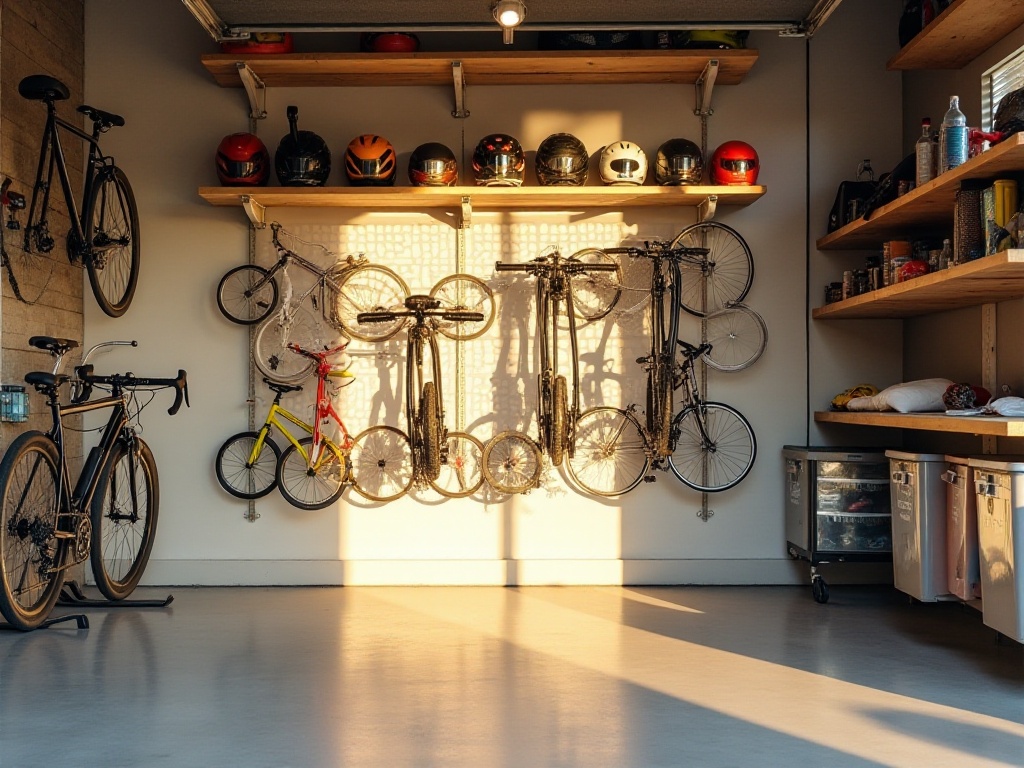
Daily Management
After discussing storage space, let's talk about daily management. While this part might seem simple, doing it well can really make your active lifestyle much easier.
First is cleaning and maintenance. I've turned post-workout equipment care into a ritual. The yoga mat gets wiped down with special cleaning spray, ensuring it's fresh for each use; balls get a quick wipe with disinfectant wipes for both cleaning and maintenance; workout clothes must be dried immediately rather than left to smell in the gym bag. These small habits might seem troublesome but really extend equipment lifespan.
Label management is a crucial part of my storage system. Every storage box and area has clear labels, and I use different colors to distinguish different types of equipment. For example, red is for ball sports, blue for strength training, and green for yoga items. This way I can find things even in the middle of the night without mistakes.
Regular maintenance is also very important. I've designated the last weekend of each quarter as equipment inspection day. This day is specifically for checking the condition of all equipment, repairing what needs fixing, and replacing what needs replacing. For example, checking if racket strings need replacing, if dumbbells are loose, if resistance bands are cracking, etc. This not only helps catch problems early but keeps me fully aware of my equipment's condition.
I've also created a simple equipment usage log to record each item's purchase date, frequency of use, and maintenance records. This gives me a clear view of which equipment is actually being used and which might need to be dealt with. For equipment that hasn't been used for over six months, I seriously consider whether to keep it or pass it on to someone who needs it more.
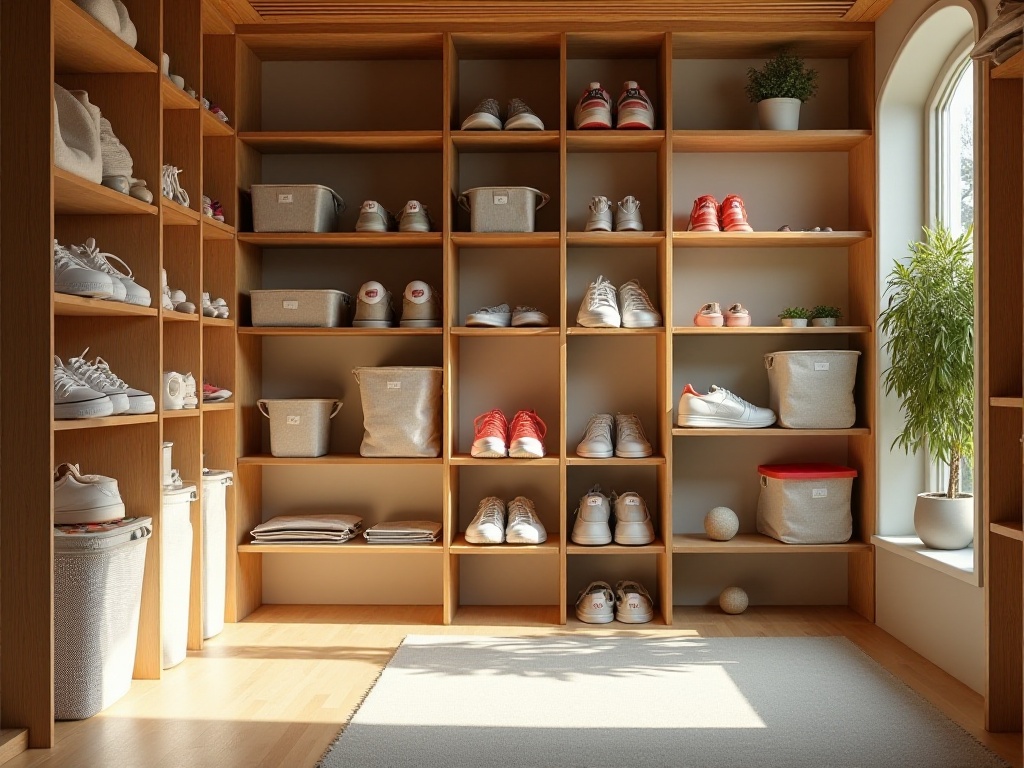
Personal Insights
After exploring this for so long, I've gained a deeper understanding of sports equipment storage. Honestly, at first I thought buying a storage rack would solve everything, but in practice, I've found that a good storage system needs constant adjustment and improvement.
Take yoga mat storage for example - I went through several iterations. Initially, I rolled them up and stored them vertically in a corner, which looked neat but led to deformation over time. Then I switched to laying them flat, which took up more space but maintained their shape. Recently, I've started using special yoga mat hangers, which both preserve shape and save space - finally feeling like I've found the optimal solution.
It's also important to design storage solutions based on your actual situation. For instance, I discovered I often exercise in the morning, so I keep frequently used morning workout equipment in a storage box by my bed, allowing me to start exercising right away without searching around. Equipment used less frequently can be stored in less accessible places.
The storage system also needs to adapt with the seasons. In summer, I keep swimming equipment in more accessible locations; when winter comes, I move warm weather gear within easy reach. This flexible adjustment keeps my storage system constantly efficient.
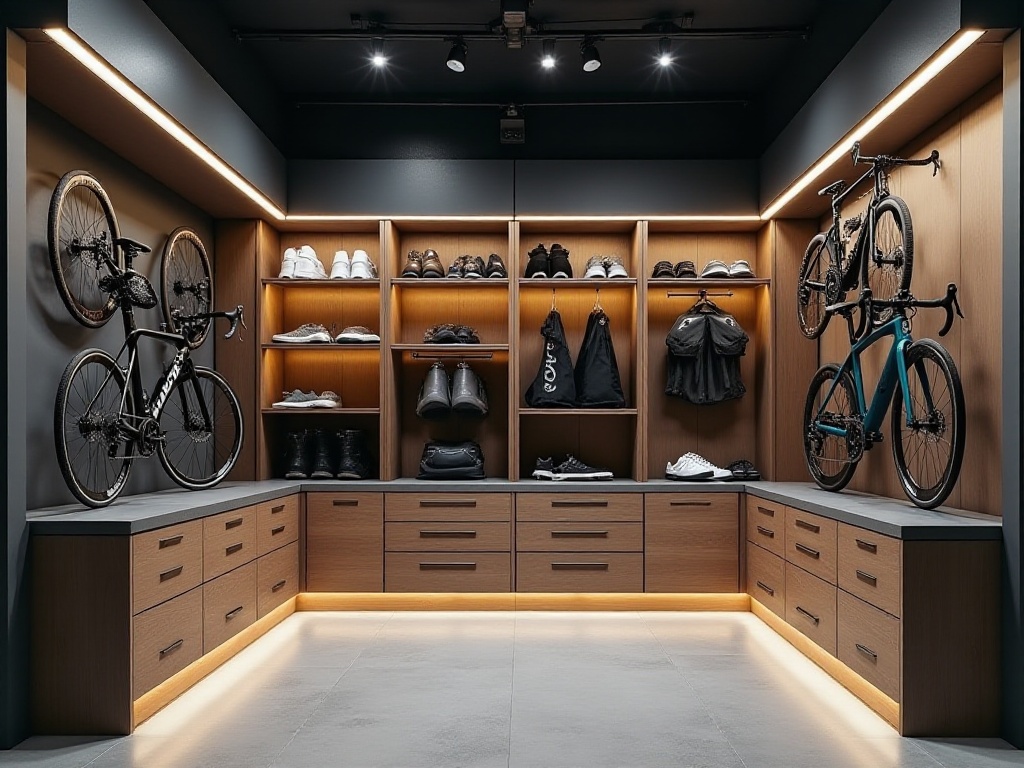
Conclusion and Future Outlook
As fitness awareness increases, I believe more people will start accumulating sports equipment. How to make this equipment both convenient to use while not affecting living space is certainly a topic worth studying. But with the right methods, storing and organizing sports equipment isn't just manageable - it can become a highlight of your living space.
I now particularly enjoy opening my storage cabinet each morning and seeing all the neatly organized sports equipment. This not only makes my workouts more planned but also makes my whole life more organized. Maybe someday I'll turn this storage system into a small display area, showcasing my favorite sports equipment like works of art.
There's still much to discuss about sports equipment storage and organization. For example, how to handle unused equipment, how to plan more scientific storage flow, how to make storage systems smarter, etc. Looking forward to continuing this discussion with everyone and welcome sharing your storage insights.




